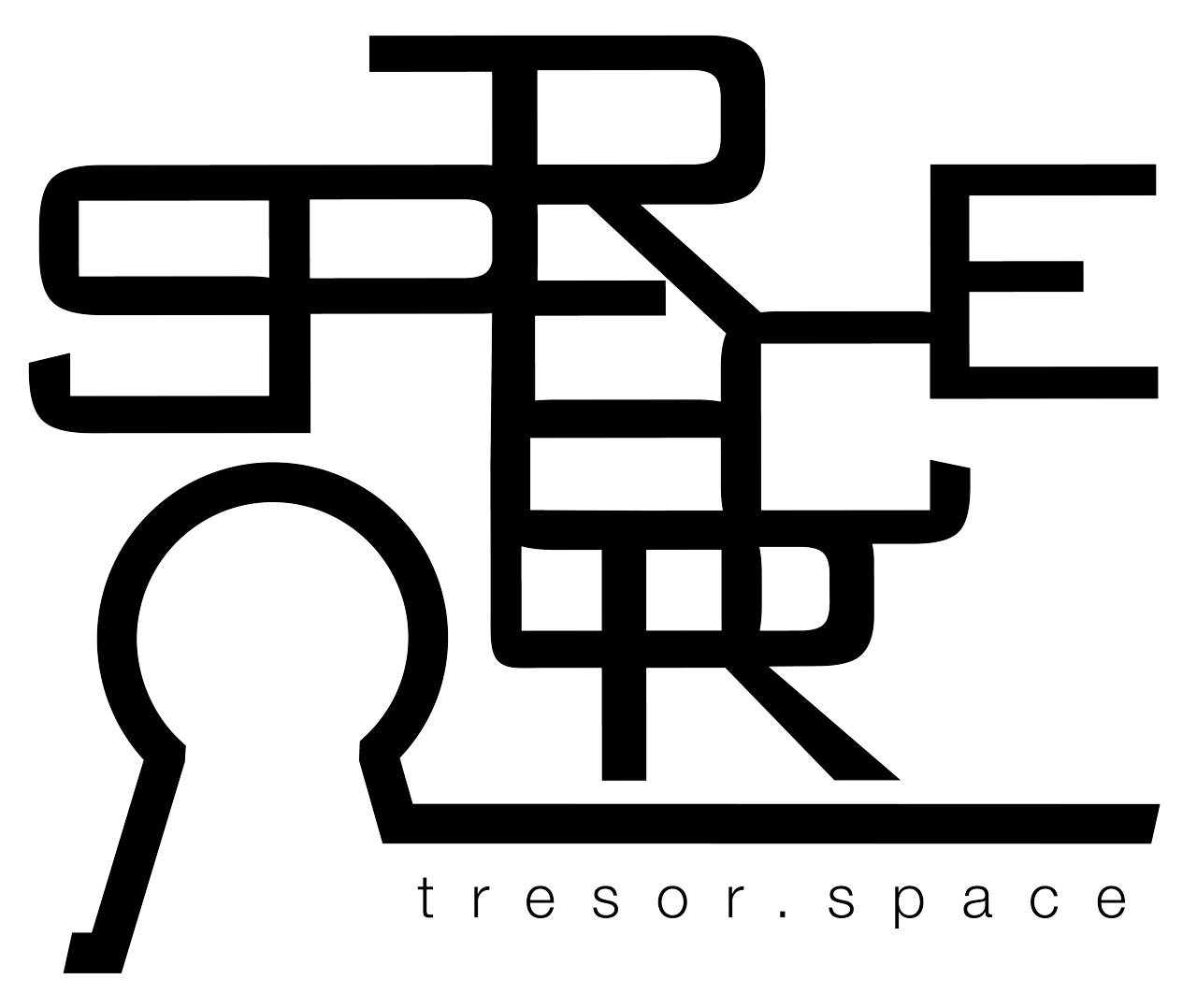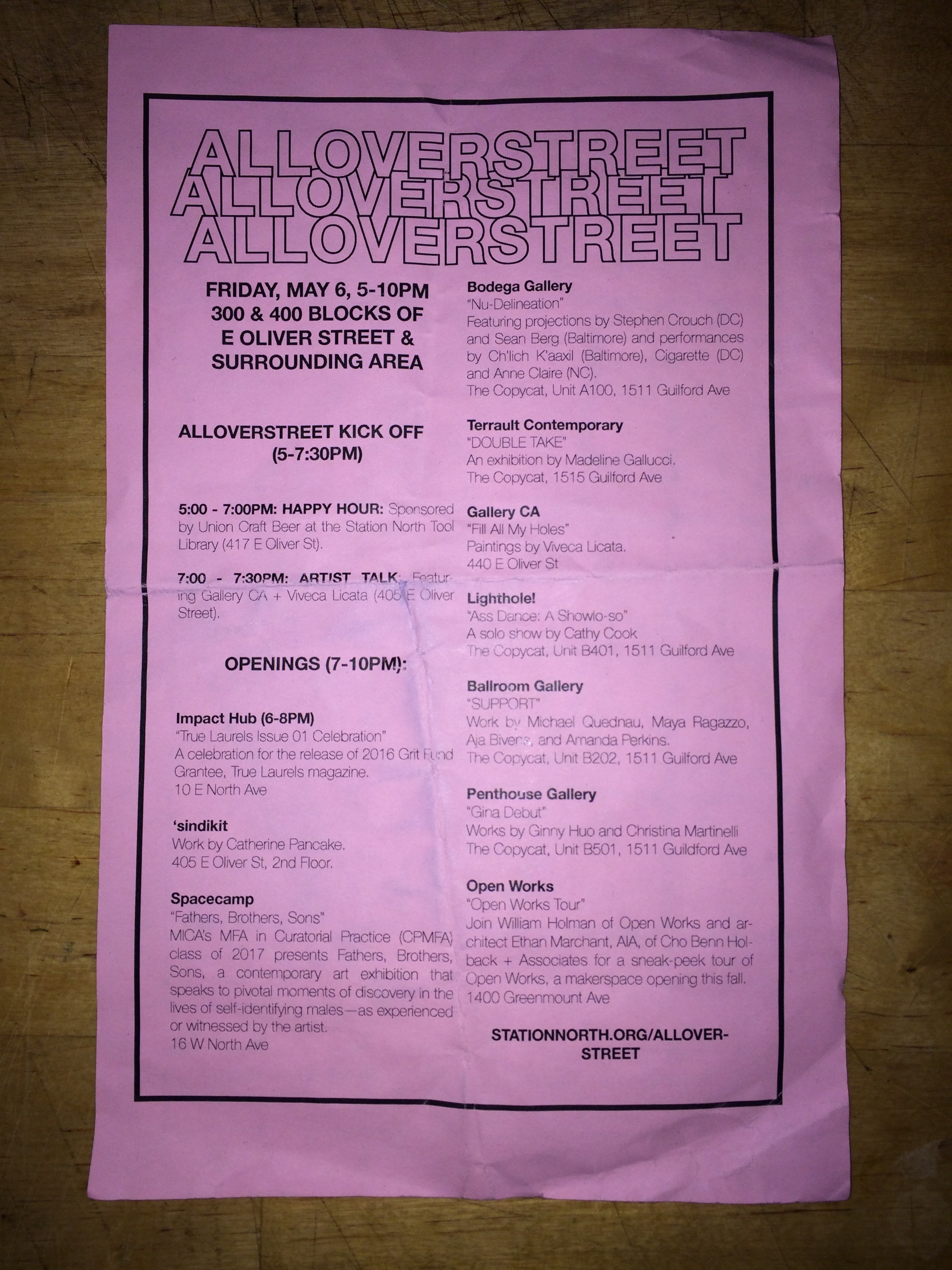"This is only the beginning."
~One of the final lines from the alien Abzug matriarch in The Terrible Secret of Lunastus, a show by the Baltimore Rock Opera Society.
We are tired, but not as tired as the Abused & Tired Bell Foundry members and BROS who were kicked out after the Ghost Ship warehouse fire in Oakland, California on December 2, 2016. In this artist haven a fire broke out during one of the nighttime performances that claimed the lives of 36 individuals. The ripples that have echoed and reverberated throughout the nation and arts community after that fateful night have impacted places as far as Baltimore. To outsiders, The Ghost Ship seemed to be a place that would have been considered odd and patch-worked. Photos show paper lanterns, Indian mandalas, lofted beds, DIY construction projects, and vibrant tapestries outlined with rainbow flags. This warehouse was not only a living space for creative types, but artists on the margins. This was a place where anyone could be who they were as long as they were accepting of others; a place where people could be accepted for who they were. It's rarer these days to see places where a cacophony of subcultures and backgrounds meet together across boundaries. Whether you were straight, trans, gay, black, white, brown, old, young, spiritual, atheist, etc. this could have served as a home filled with people who would unconditionally accept you.
The Bell Foundry, bmore art
The Bell Foundry with the construction of a brick office building, CityPaper
Interestingly enough, DIY arts spaces like this exist across the country with Station North neighborhood in Baltimore being one of the nexus points. "The Bell Foundry was a place where people lived and worked and paid rent and played music and made art; it was also a place where people crashed if they were passing through, or had fallen on hard times, or felt unsafe in another place." It could even be said that the Bell Foundry was the Baltimore equivalent of the Ghost Ship. Since 2009, the Bell Foundry predominantly held space for white artists and punks in Baltimore. During 2016, the space become more people-of-color and LGBTQ+ centric, with an emphasis on making them feel welcome.
On December 5, 2016 Baltimore city officials evicted the denizens of the Bell Foundry. Since the space was meant to be an artists studio not zoned for living, most of the tenants and people staying there couldn't ask for relocation assistance from the city. Since then, the former tenants of the Bell Foundry have found housing through friends, nearby spaces at the DIY studio/residential CopyCat Building, and throughout Baltimore City.
It has been interesting integrating into this scene towards one of its greater shifts. The story of how tresor space eventually came into being started at the end of my Peace Corps service in Uganda. I had been talking with my best friends back in Baltimore about how I should re-integrate back into the developed world, and we decided that we would all meet up for a three-week Eurotrip in Amsterdam, Budapest, and Berlin. We spent New Years in Berlin, where we were denied entering Berghain, succeeded in entering Watergate, and spent one of the most memorable New Years at Tresor. My first few months adjusting to life back in the United States involved living with my roommates Sean and Drew in a small townhouse apartment in Remington. I remember feeling cosy, yet cramped there. I worked as a tutor and as a high school math teacher for the spring semester. During this time, I was also privileged enough to bike as the neon letter O as a moving light installation by Thick Air Studios during the Light City Baltimore Festival, where I was able to make friends and meet artists from different parts of the city.
The Baltimore Sun
Brian O'Doherty
During this time, I was introduced to the final days of the Station North neighborhood before the big changes. One of the bike riders hosted an after-party at his warehouse space in the Station North neighborhood and I was absolutely floored. I felt like that a DIY warehouse space surrounded by like-minded people was where I could live and be myself. I recall drinking a Boh, eating some tikka masala pizza from Charles Bar & Grille, and hanging out with fellow bike riders, activists, and artists while thinking to myself that this was the sort of place that I would like to call home for a bit.
I soon thereafter discovered Alloverstreet. Alloverstreet, a play on the name Oliver Street, was a free arts walk in the Station North neighborhood that showcased performances and exhibitions by local artists on the first Friday of every month from 5pm - 10pm. The Station North Tool Library would also host happy hours at the beginning of that time.
Our living room when it was still the Terrault Gallery
Balti Gurls playing during Station North Tool Library Happy Hour
I remember bringing Sean and Tyler to Alloverstreet with me, and looking at paintings at the Terrault Gallery, electronic music and projection mapping at La Bodega, and artist panel discussions at Area 405. I felt like I was exploring the bowels of this underground arts scene filled with unlimited potential and combinations all while being tucked away in a small Baltimore neighborhood. During the summer of 2016, Sean and I started to put effort into looking for warehouse spaces that would be available to rent in Baltimore. Brooks Kossover, the former tenant of the Terrault Gallery, had made plans to move his living space and gallery elsewhere, so the space opened up for rent. I specifically remember missing out on a hookup during a date, because I went to the bathroom to take a 45-minute phone call from the slightly off-kilter landlord Frank in order to convince him that we would be good tenants.
As stated in previous posts, Sean and I moved into the former Terrault Gallery and decided to name it tresor space in homage to the changes to our life perspective that occurred in that Berlin techno, heating plant. Ever since then, we have been working to make the place more livable, more vibrant, and more open to all people to be who they want to be without judgment. We still have dreams about serving the community, from local members to the surviving arts scene that has been changing. The other day, I was returning some stored paintings to an artist friend of mine from Syracuse, when an AmeriCorps member walked into our gallery space and asked about tresor space. I told him about it and the possibility of using it as a meeting space for youth/art empowerment programs in the neighborhood.
Recently, our living room was the featured image in a Vice article called Is Baltimore's DIY Art Scene Dying? I talked about this with some of my fellow BROS last night before our second performance of The Terrible Secret of Lunastus with whom I have been dancing as a Nog Tree Dancer. One of them responded with a resounding, "Hell No!"
Tommy McConlogue, Nog Dancers in The Terrible Secret of Lunastus
Right now, I can't even begin to put into words how I feel about the life that the tresor space denizens are living right now. Just a year ago I was astounded to bike in the Baltimore Bike Party, didn't realize that there were three arts districts in Baltimore, and never would have thought that I would be accepted for living in a space such as this. I work as a Baltimore Corps Fellow at a grassroots African theatre organization called WombWork Productions in West Baltimore, dance for the BROS, photograph for Humans of Baltimore, and have fallen in love with this horizon overlooking the Guilford Avenue Bridge for a this period in my life. We are at the point where we have built up the space enough so that we can share it with others. We are looking for a way to serve the arts community in Baltimore once more in one shape or another. Despite the silence of low-profile venues, the closing of communal spaces like the Bell Foundry and the Paradox, and the shuttering of the local City Paper, the arts scene still survives here.










